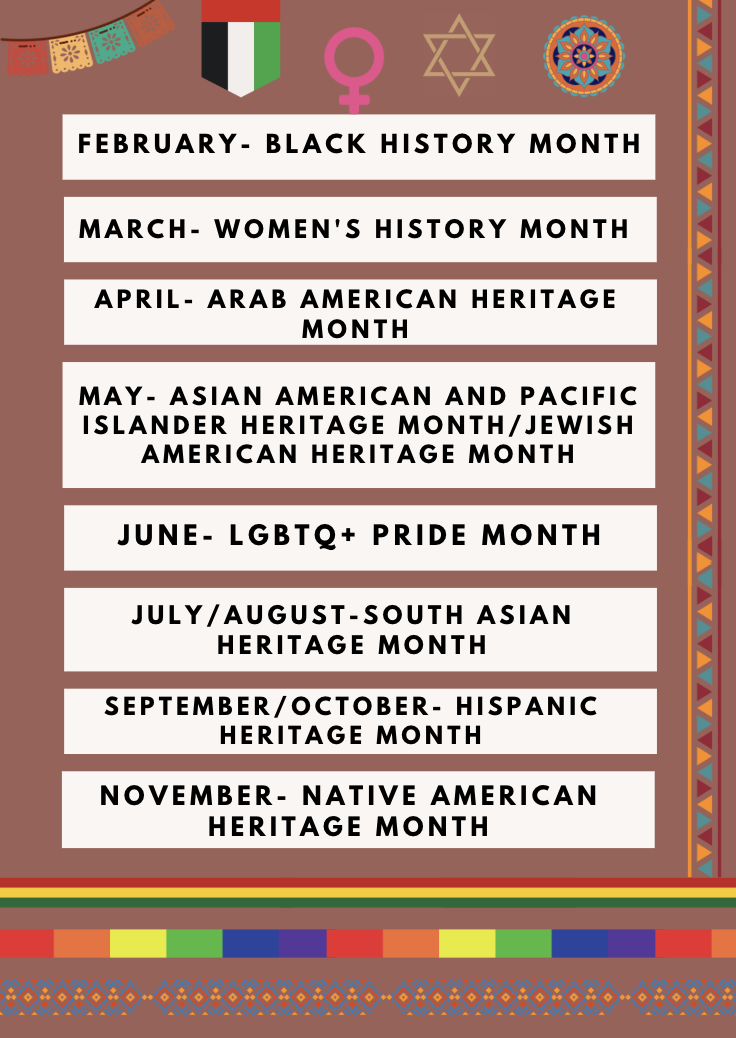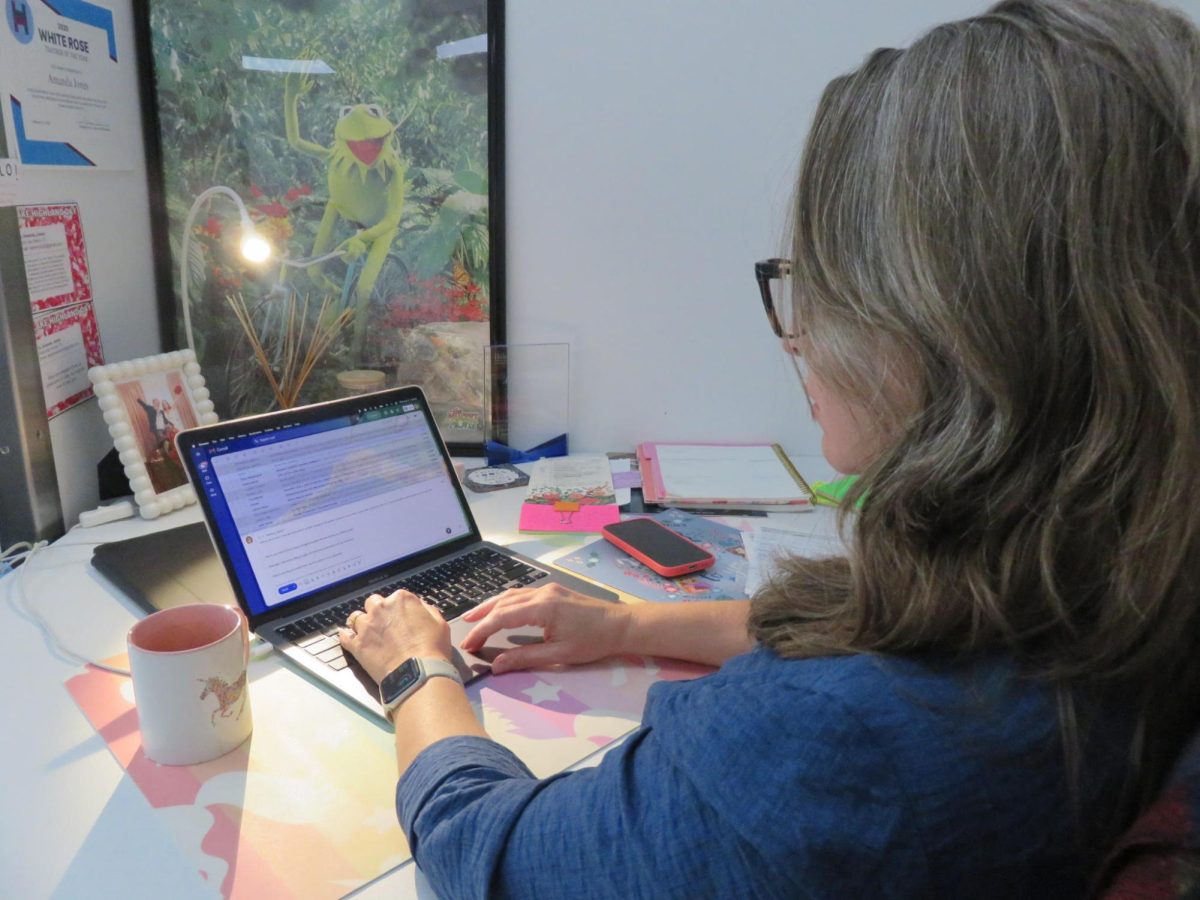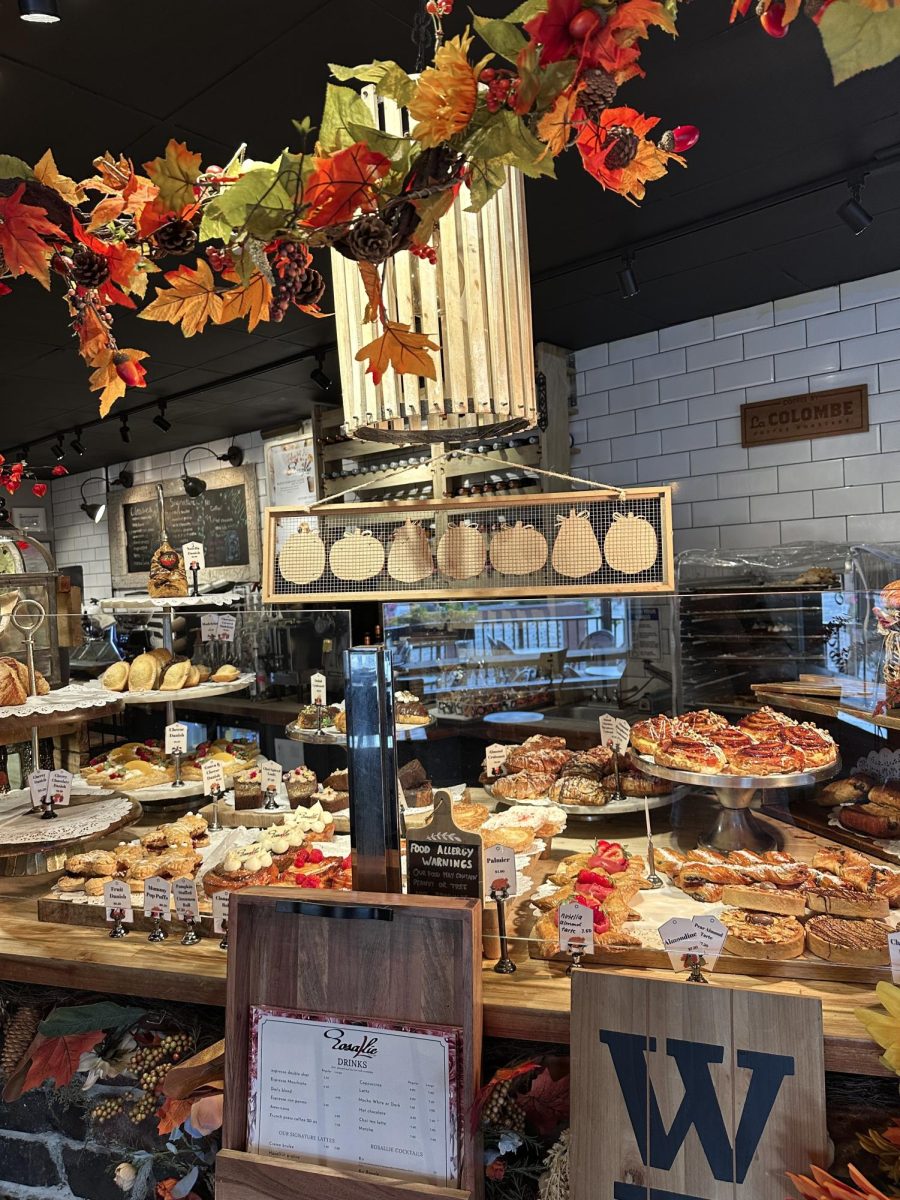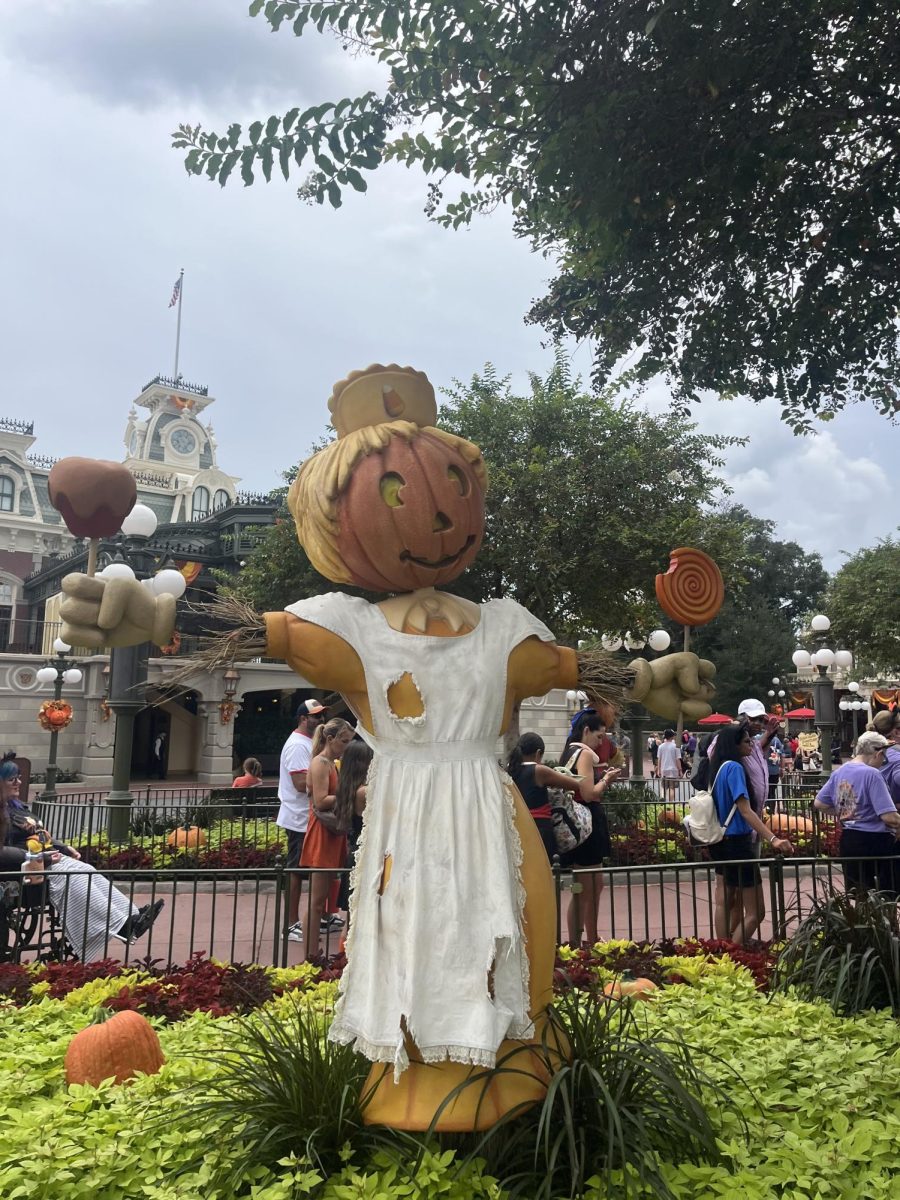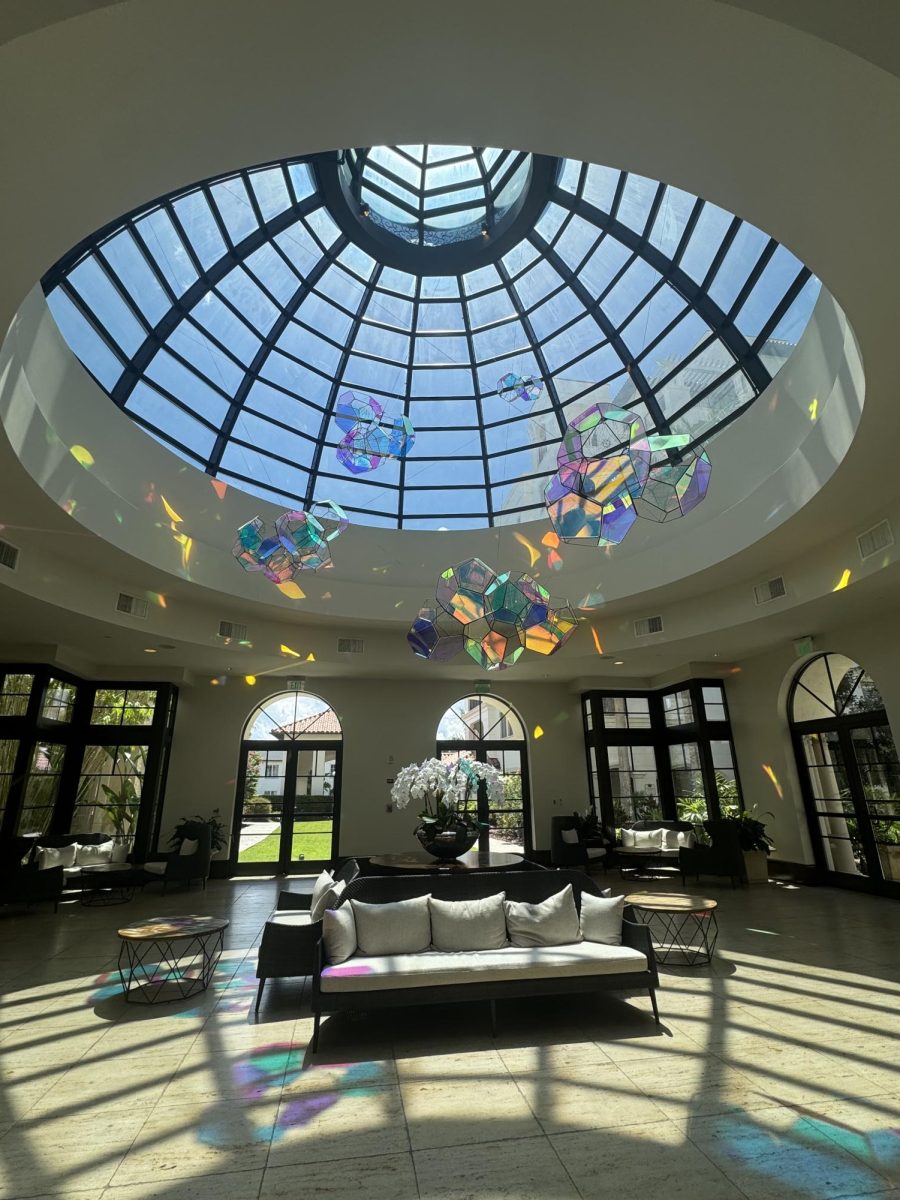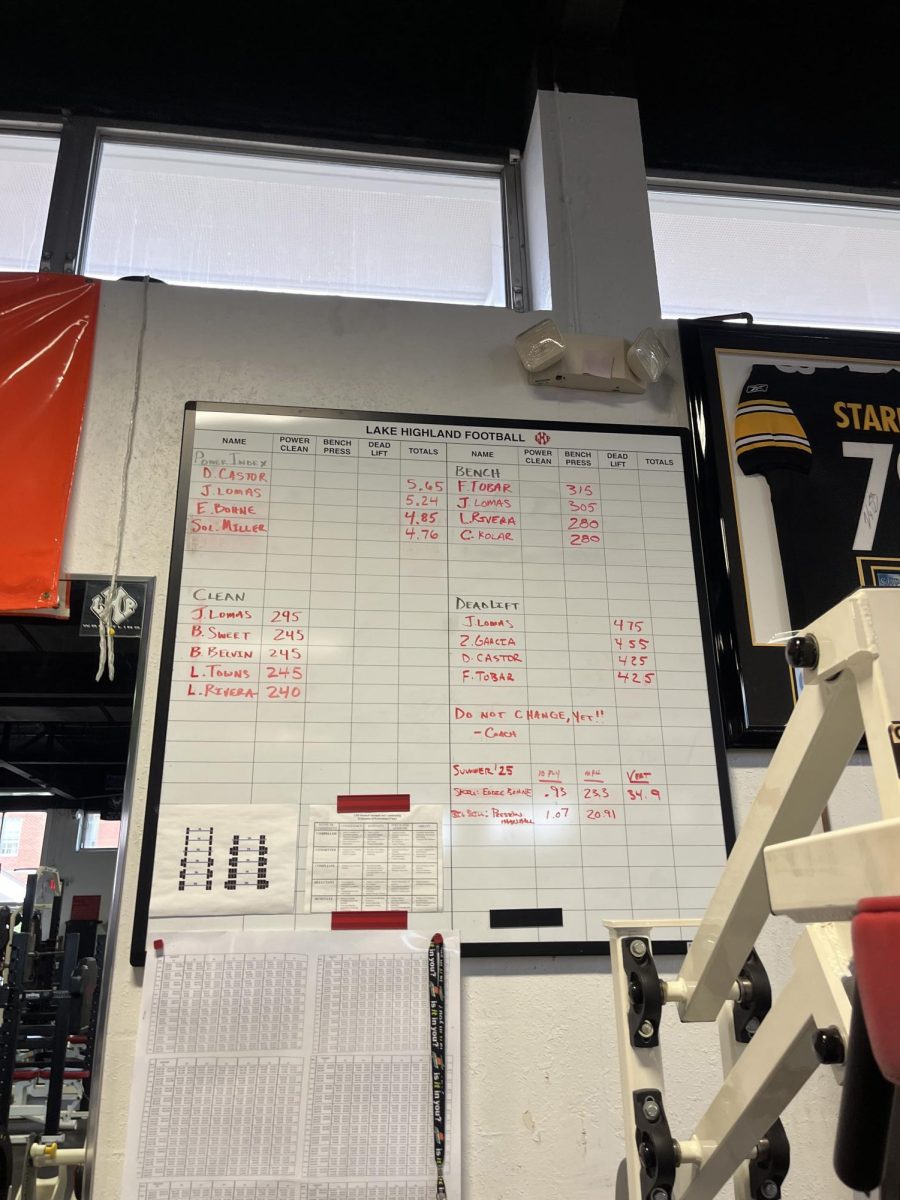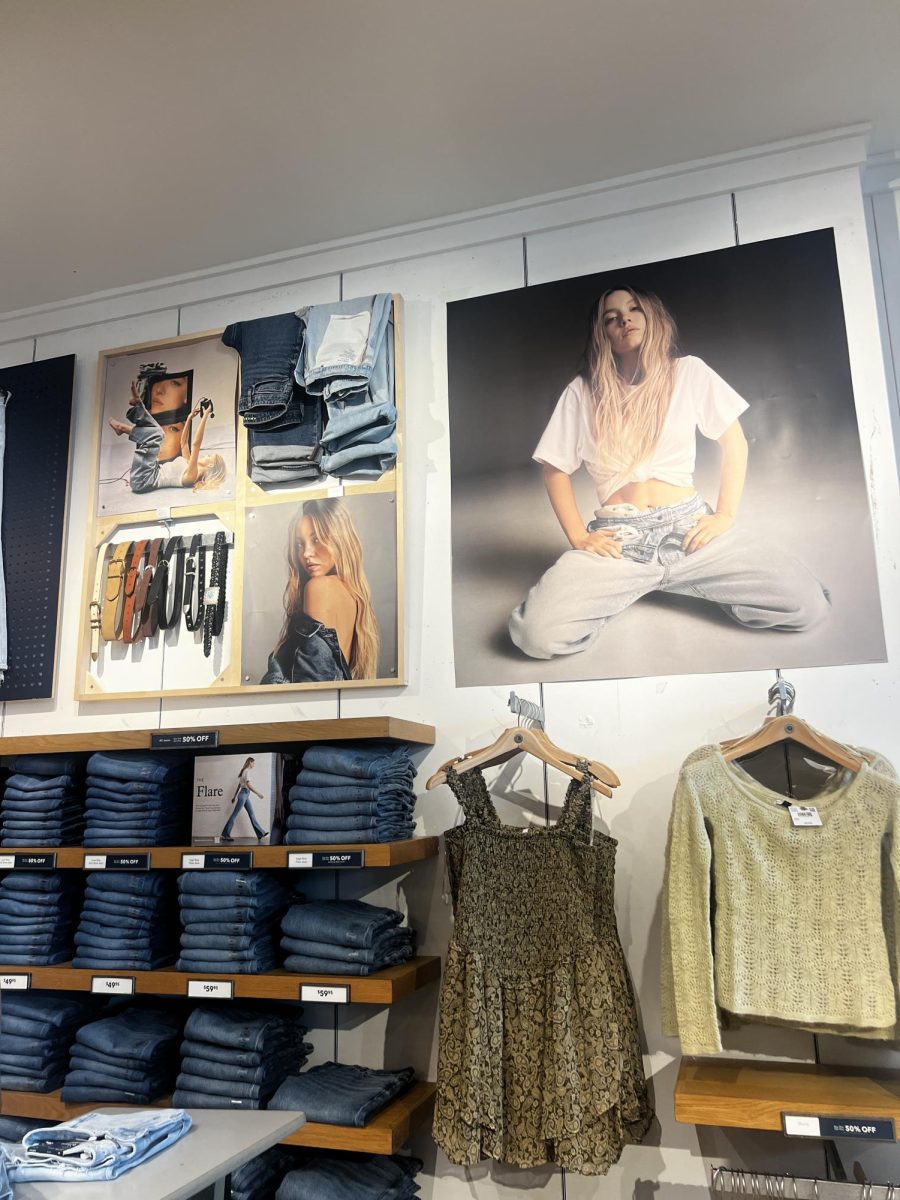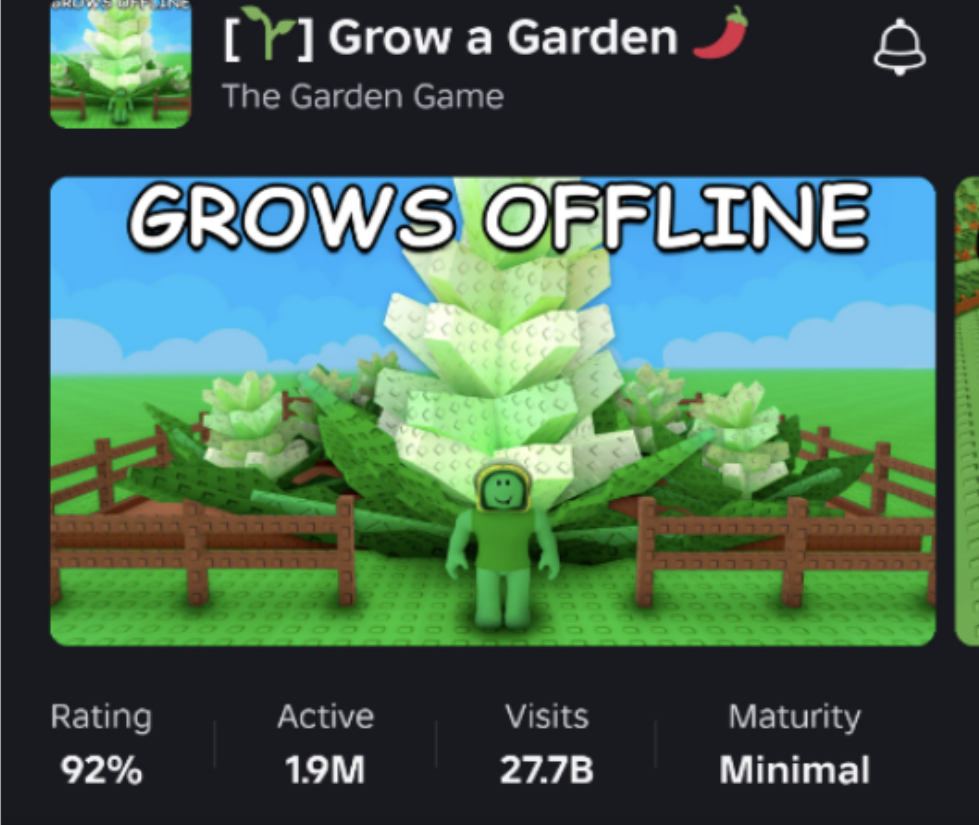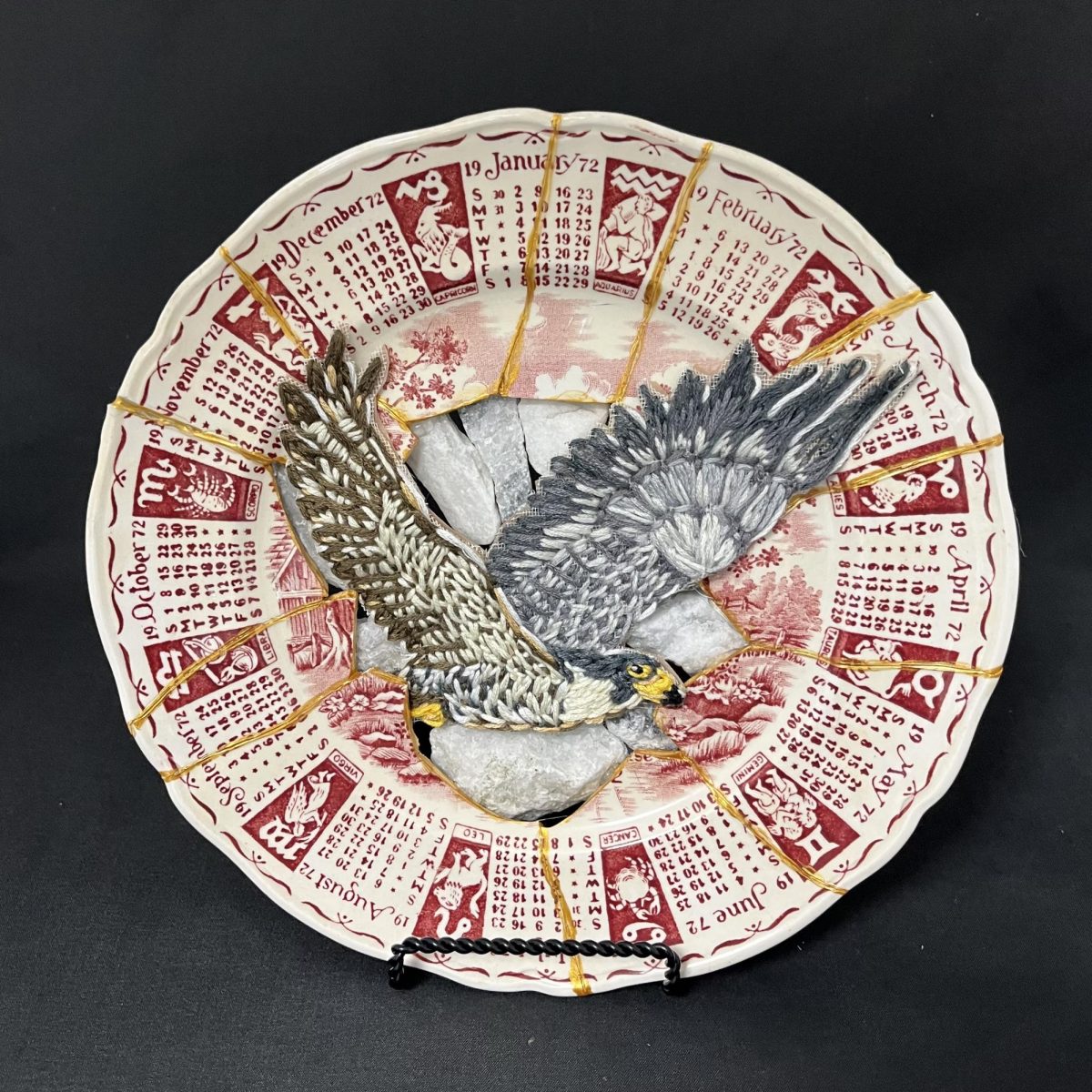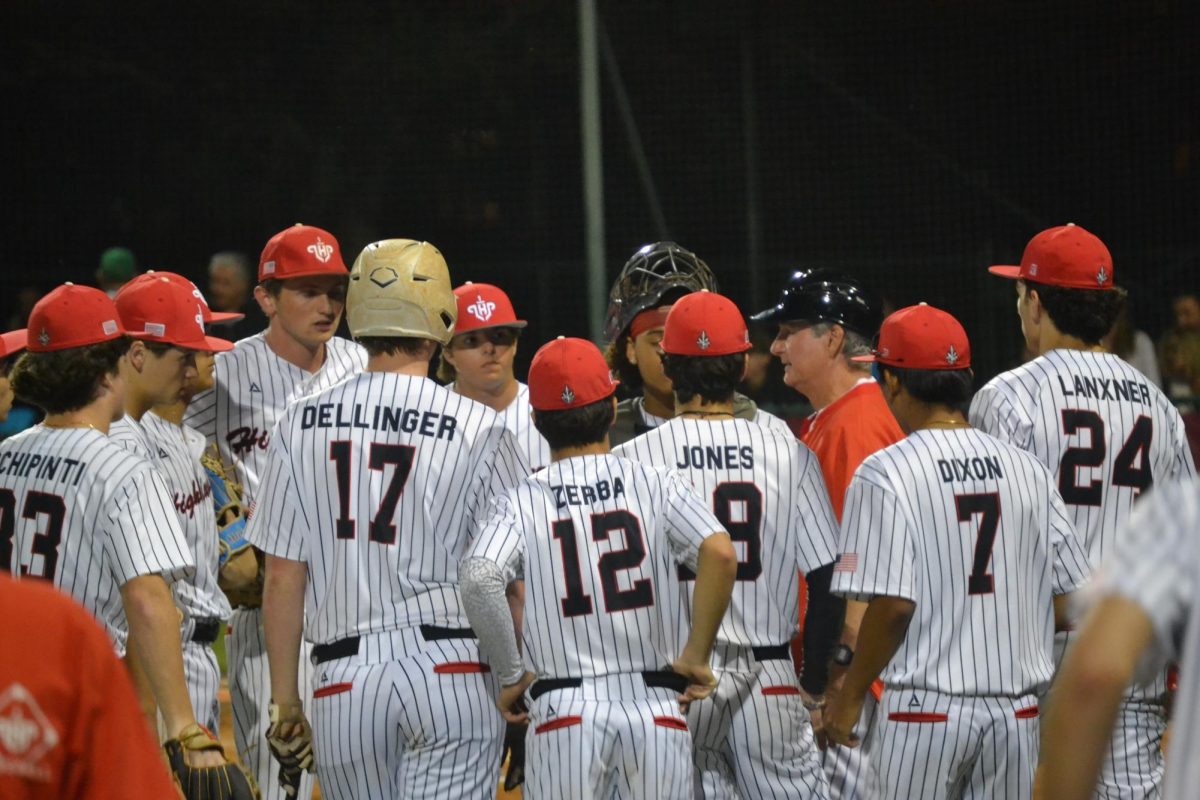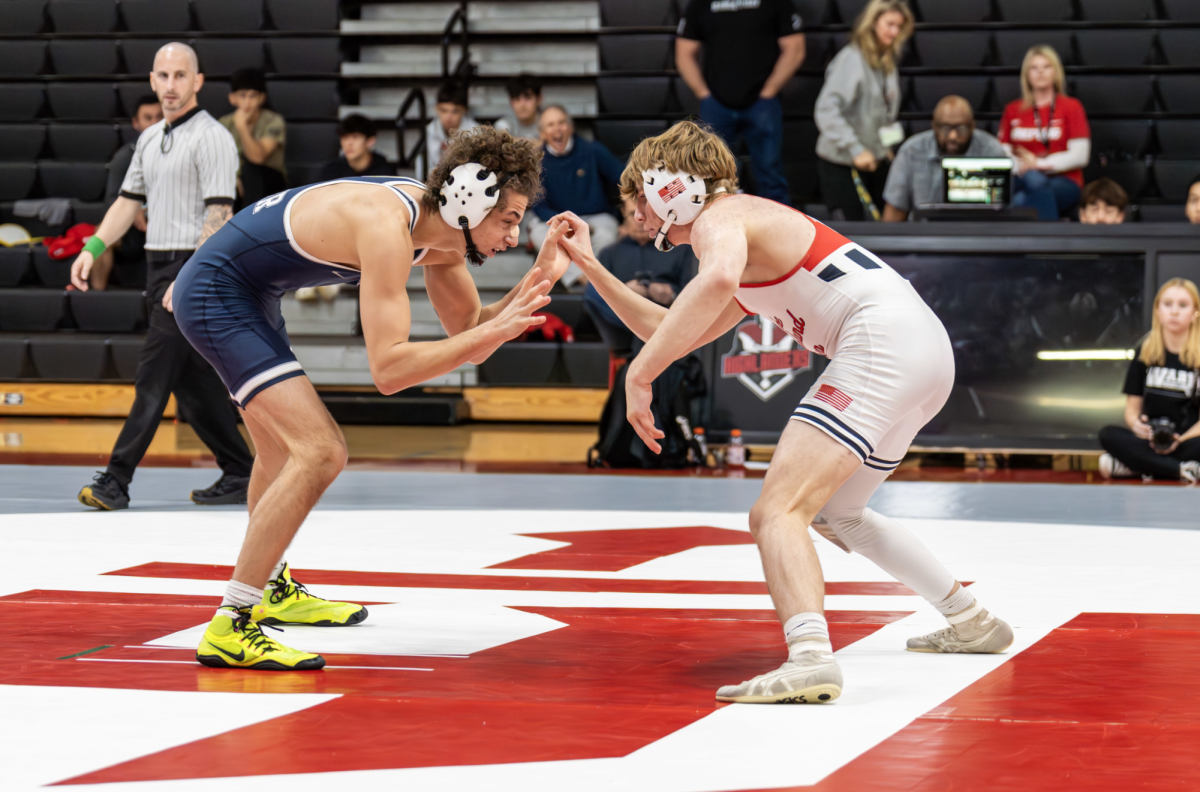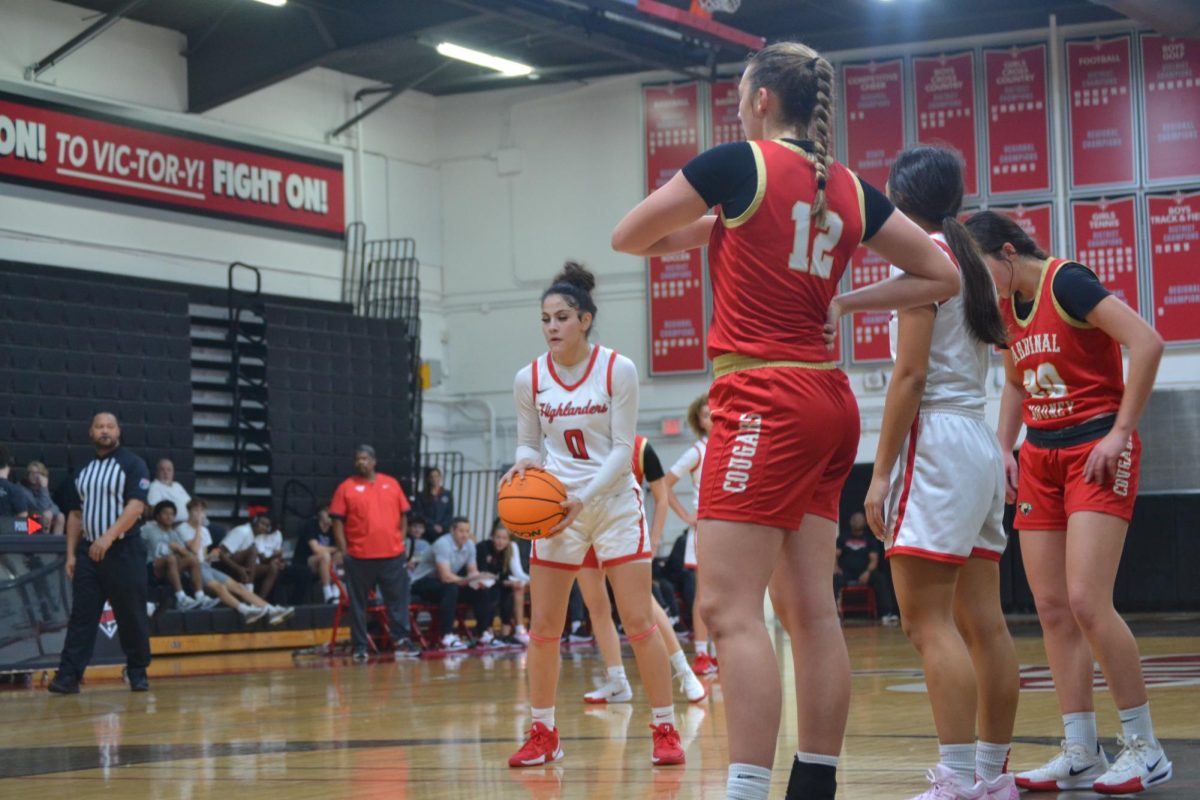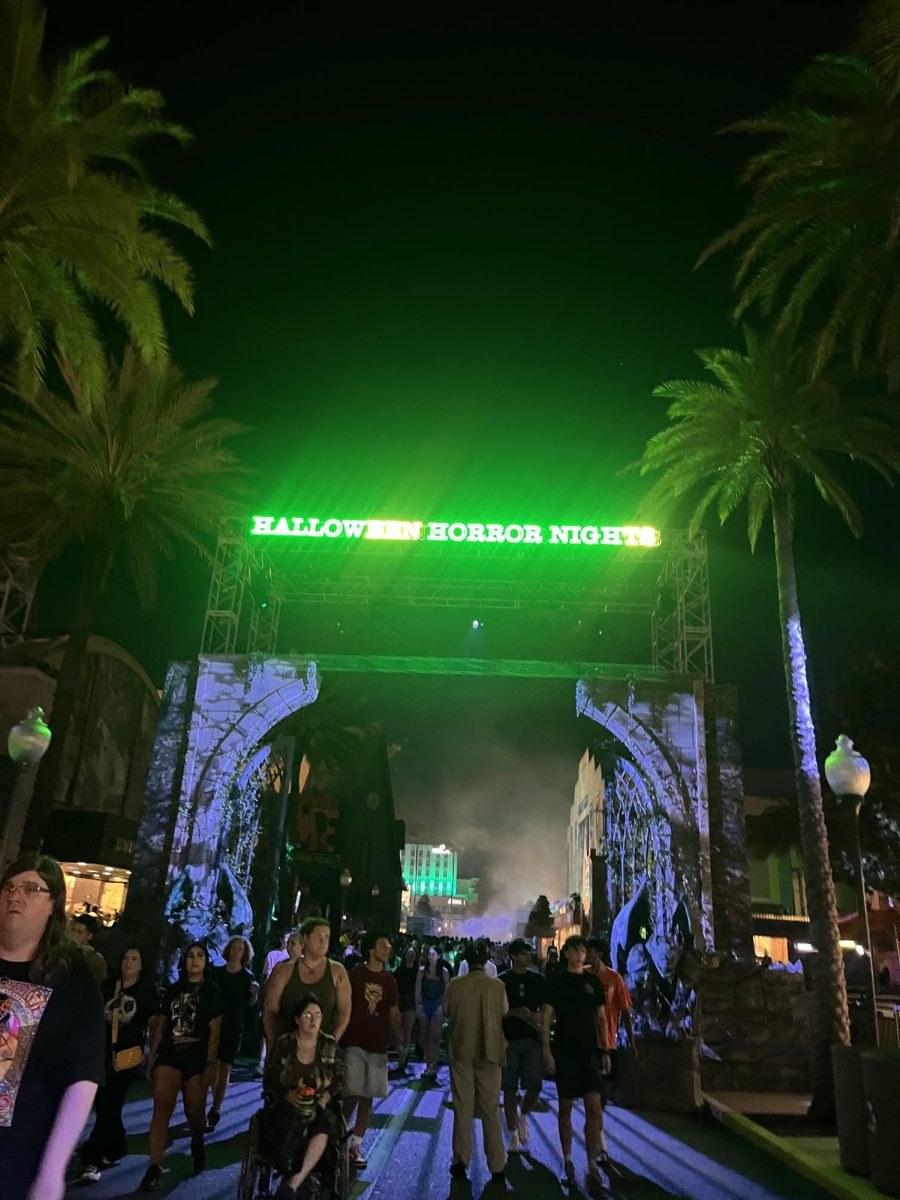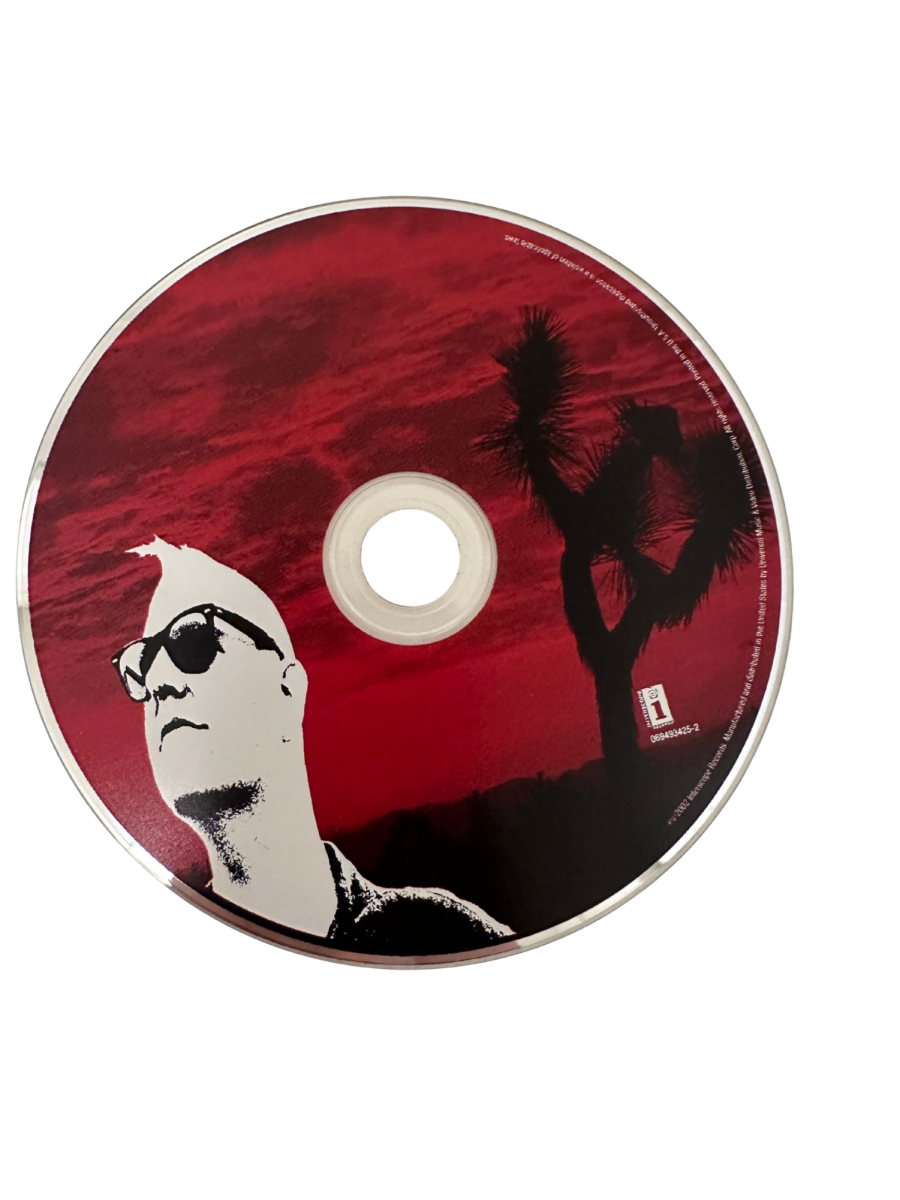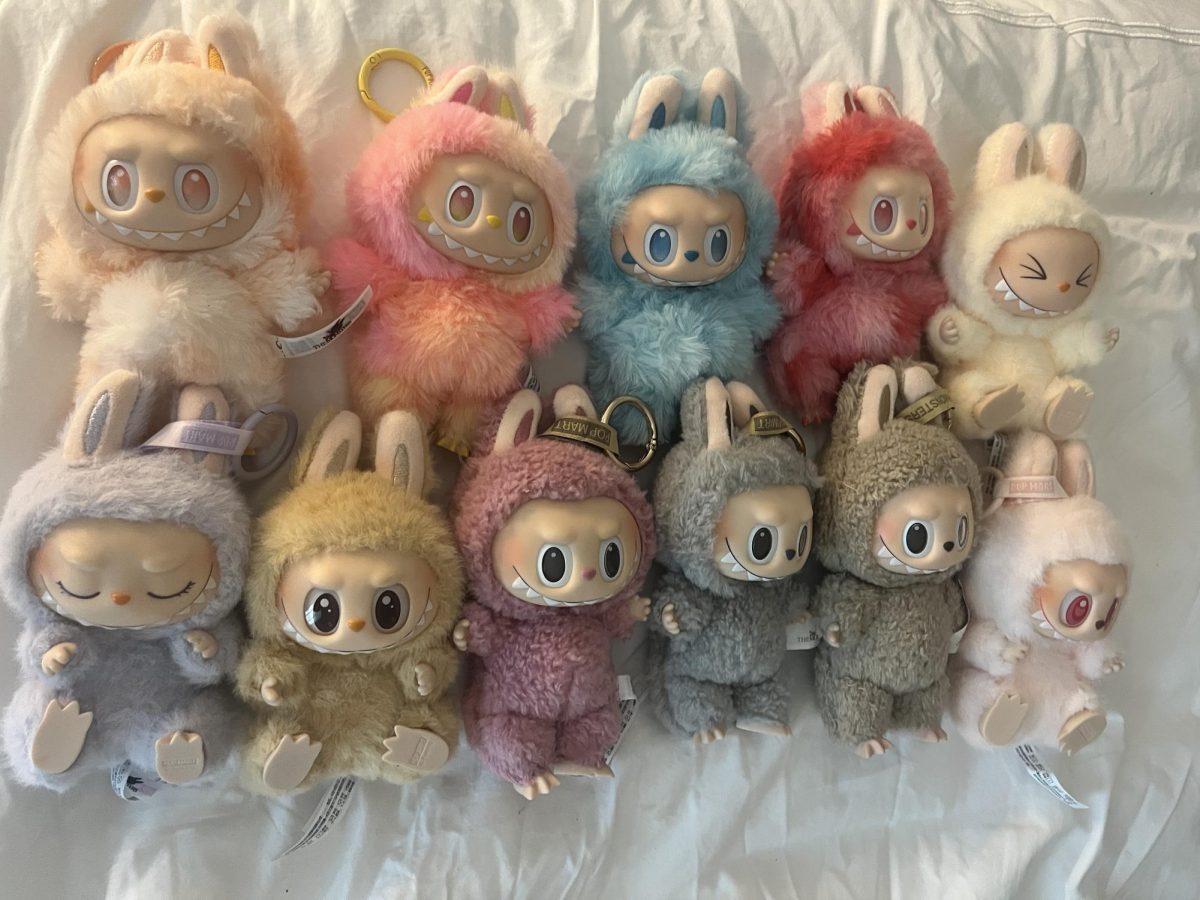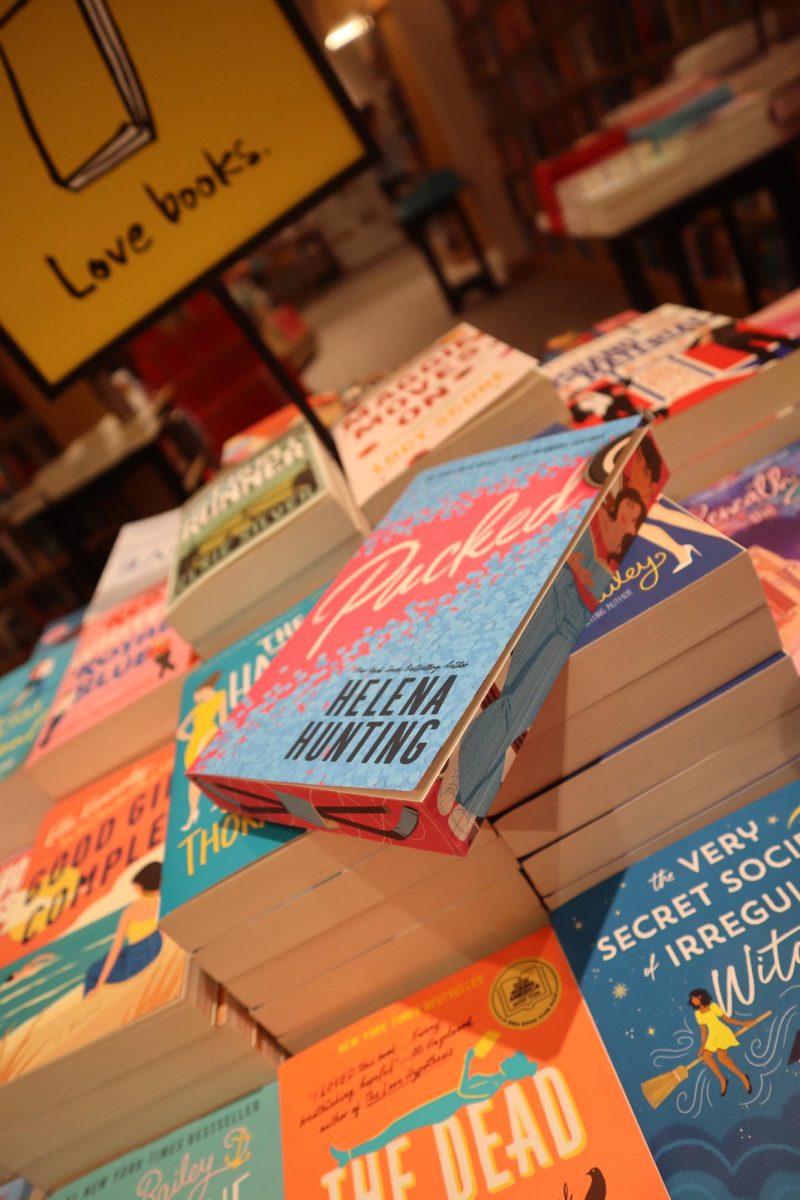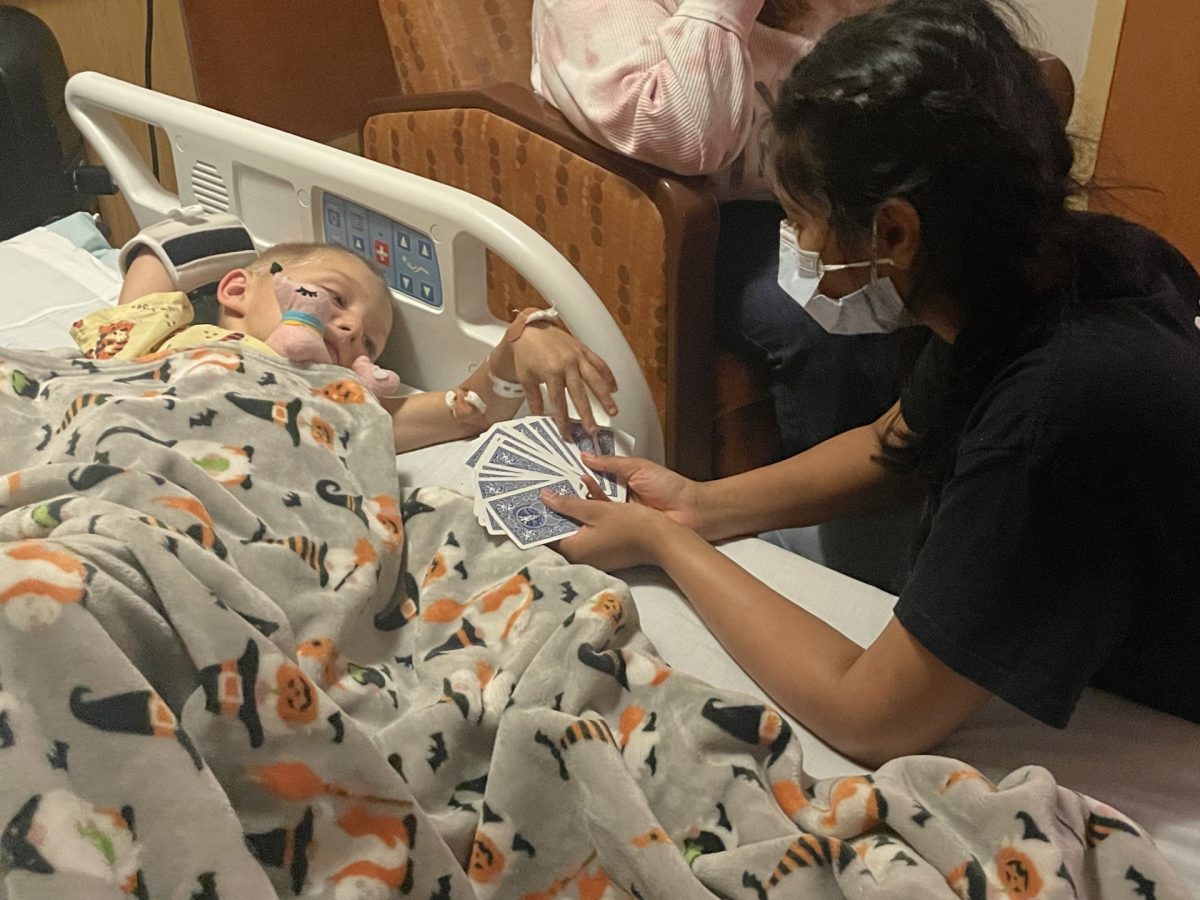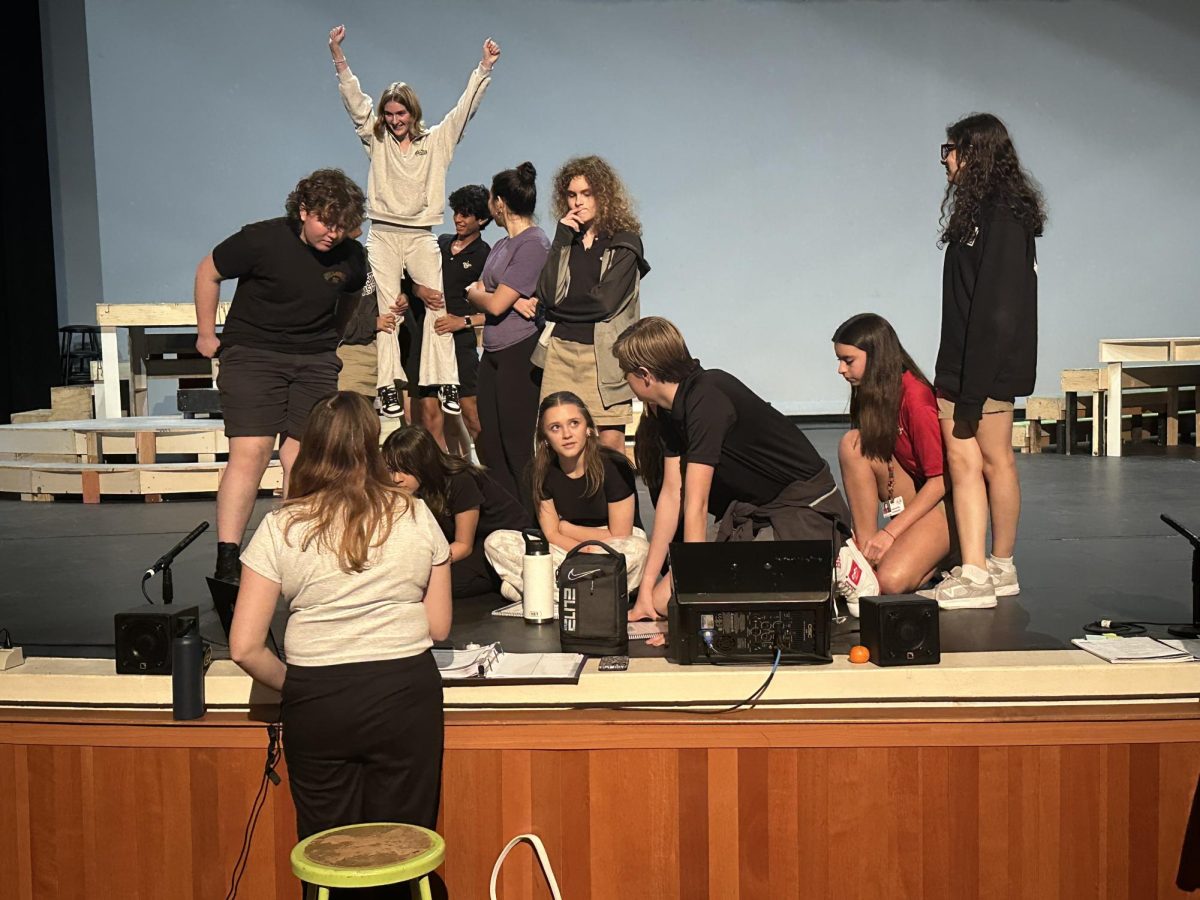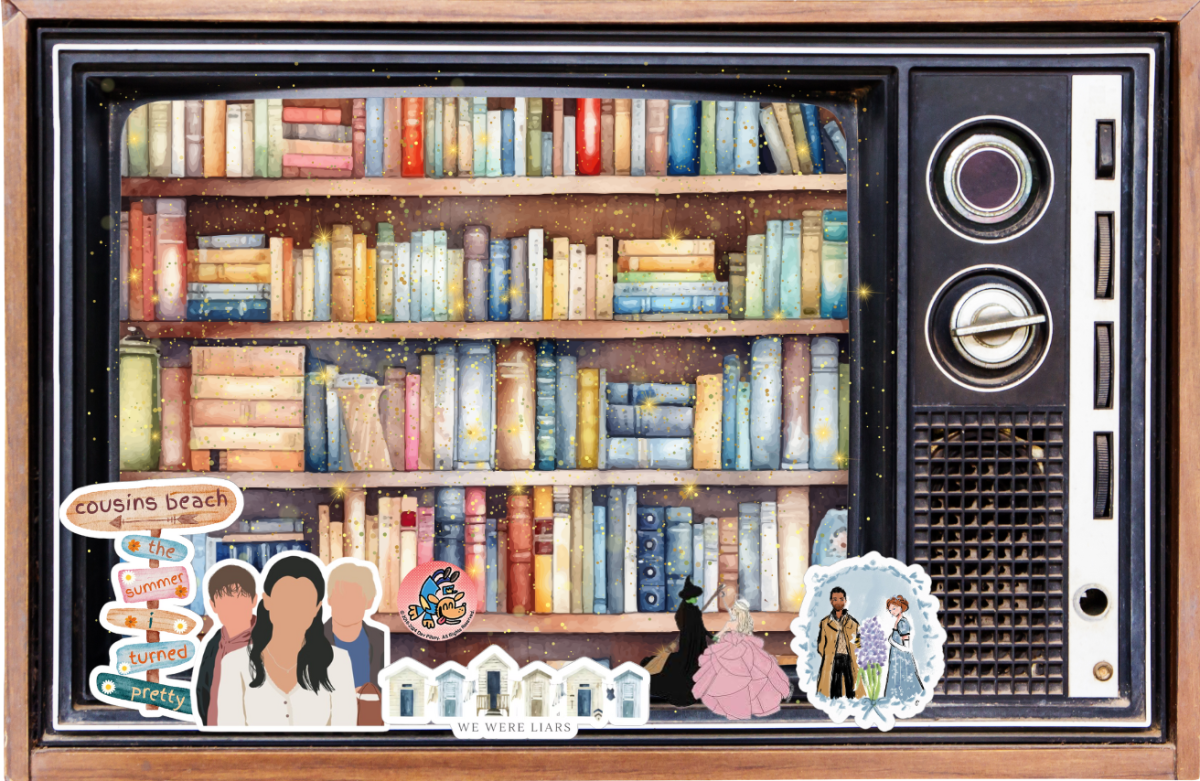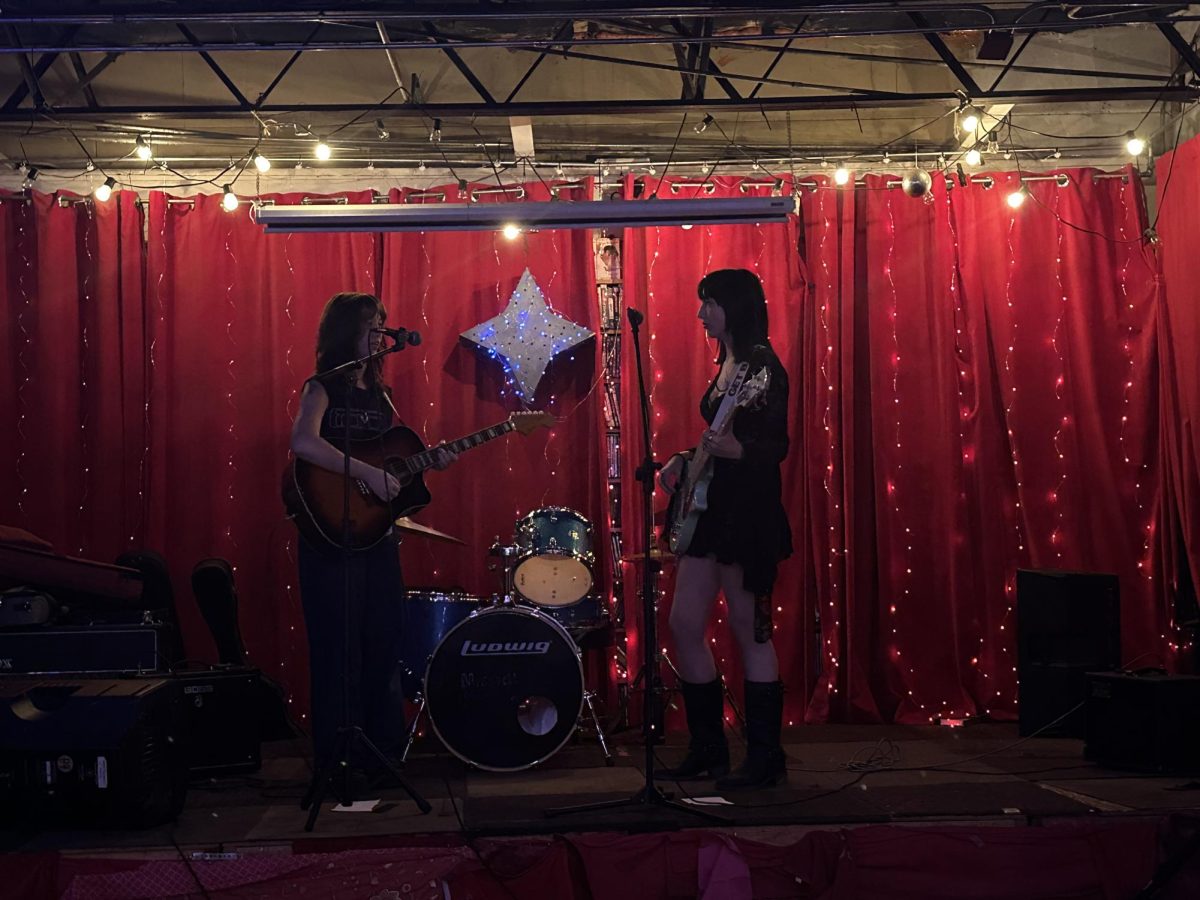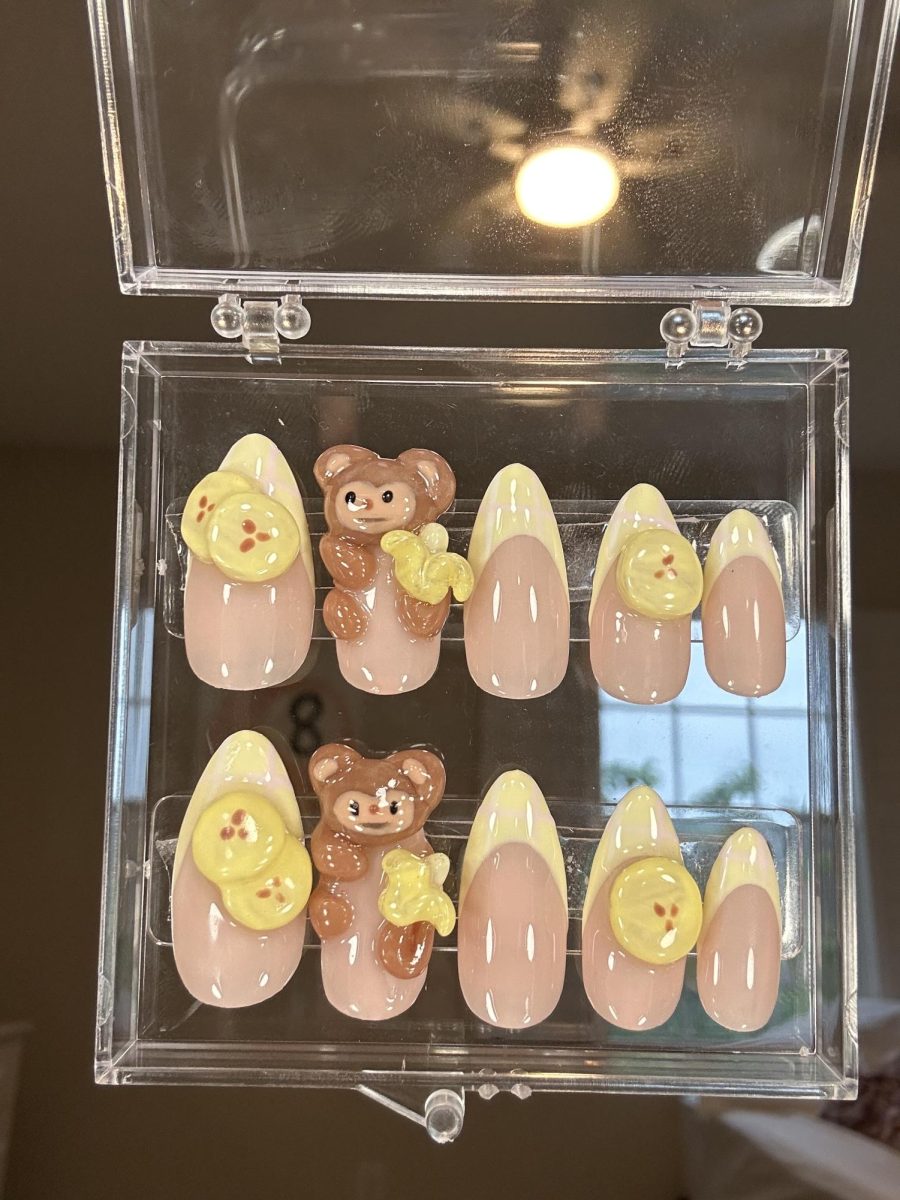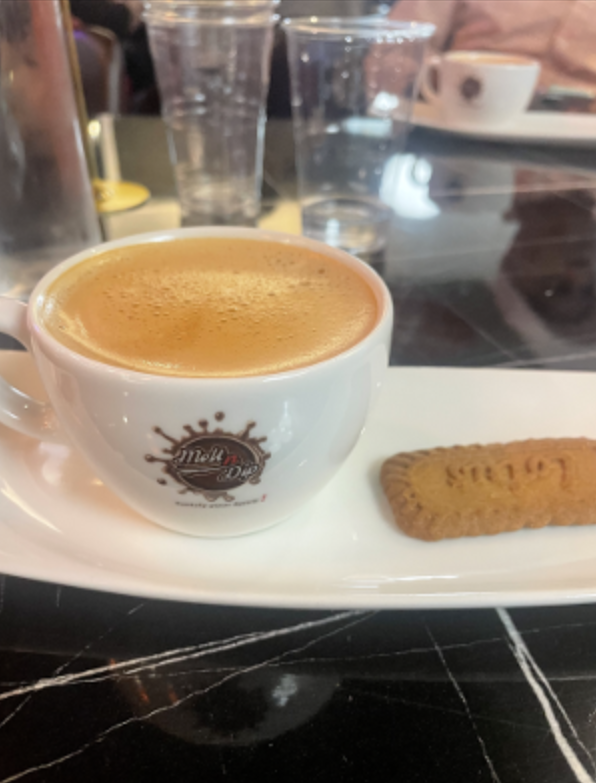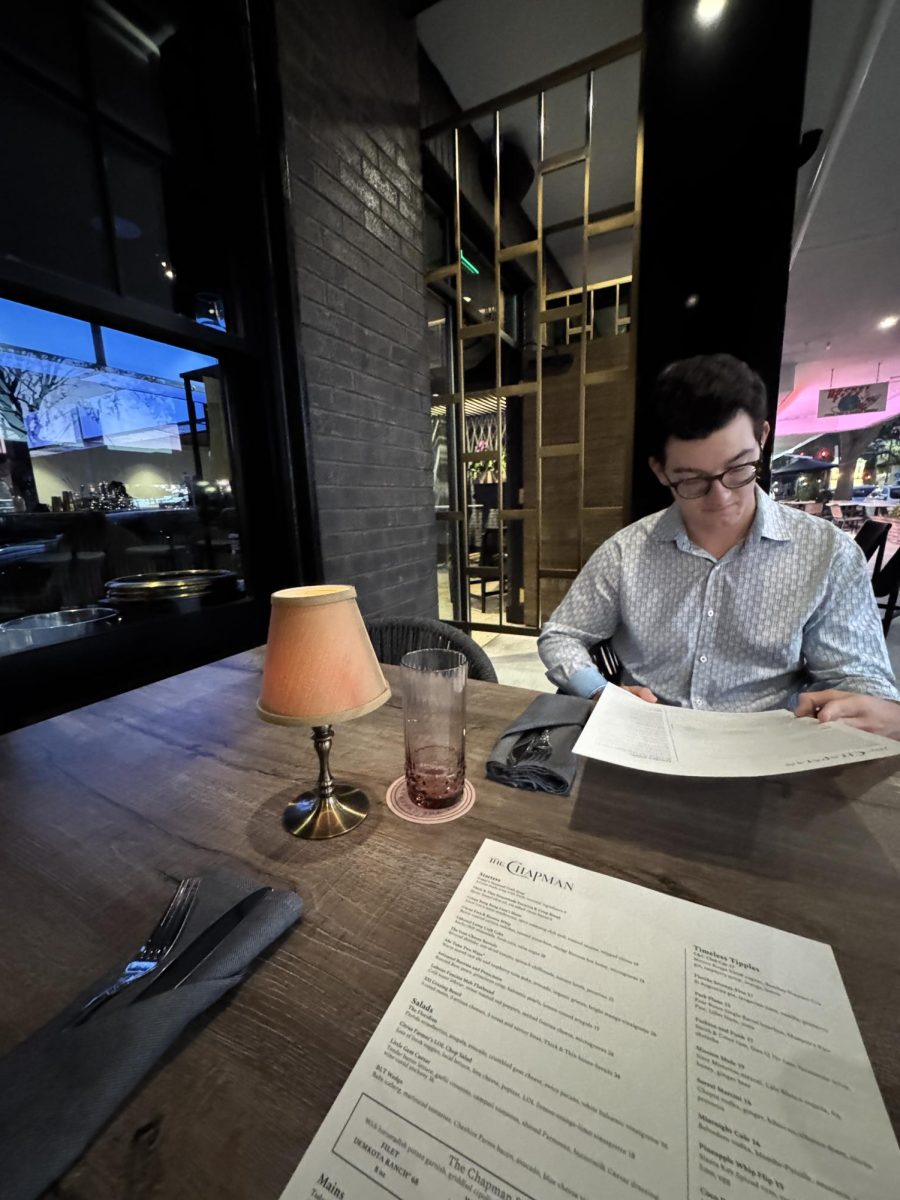A Land of Flavor Fills Every Bite
March 3, 2023
The Philippines, a South-East Asian nation comprised of over 7,000 islands, has had a complex history, to say the least. What first put the Philippines on the map was the spice trade in the 16th century when Spain, after having conquered the islands and converted the majority of its people to Catholicism, used it as a gateway to trade with China. Chinese, Spanish, Arab, Portuguese, and Dutch merchants traded in Manila, the nation’s capital, and thus exacerbated the Philippines’ cultural diversity. This was highlighted by its acquisition by the United States during the end of the 19th century in the Spanish-American War. What followed was a nationwide revolt against the States, and, in the culinary respect, a Westernization of the already diverse Filipino cuisine. These cultural influences stuck throughout its road to independence and birthed a uniquely Filipino gastronomical identity.
For the majority of my life, Filipino cuisine was something only seen at family gatherings. My mother never learned to make traditional recipes, and I never made an attempt to look outside of my grandmother’s or, “Lola’s” kitchen. My perspective on Filipino food, and perhaps the Philippines as a whole, was narrow. Even more so, up until recently, Filipino restaurants didn’t really exist in Central Florida, despite foodies’, such as the late Anthony Bourdain’s, predictions that Filipino food would be, “America’s next favorite cuisine” six years ago. And so, inspired by the cuisine’s elusiveness and a slight sense of cultural dishonor, I decided to look locally for a taste of my Lola’s cooking.
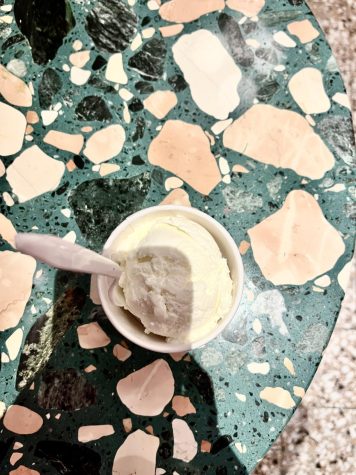
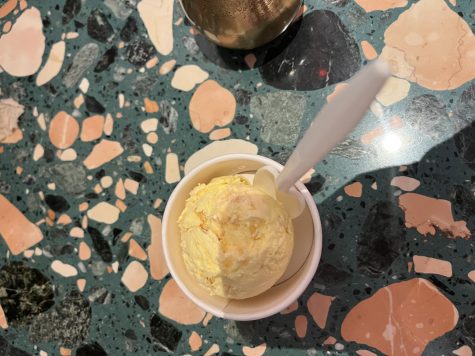
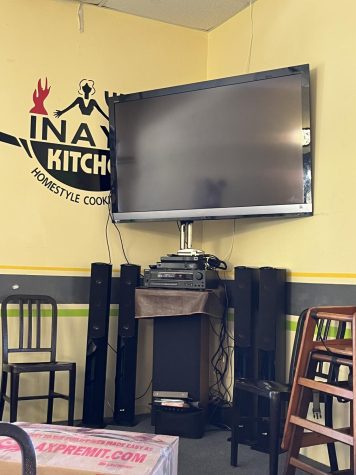
tomer can request. Karaoke is an integral part of Filipino
culture. Perhaps because the patent of the world’s first
karaoke machine belongs to a Filipino, the activity took
the nation by storm in the 70s. One can find a machine
in nearly every home, encompassing songs in both Ta-
galog and English. In addition, Inay’s Kitchen advertises
Filipino artists’ tours such as Gloc-9 who is recognized
by the Philippines as the King of Hip-Hop. It is in this
sense that Inay’s Kitchen is more than a family buisness.
It speaks for Filipino culture and provides a safe ethnic
enclave in a place that seemingly has none. During my
visit to the restaurant, my cousin and I, after building up
each other’s confidence, opted for a haphazard rendition
of “Love Story” by Taylor Swift after which we received
gracious applause from the staff and restaurant patrons.
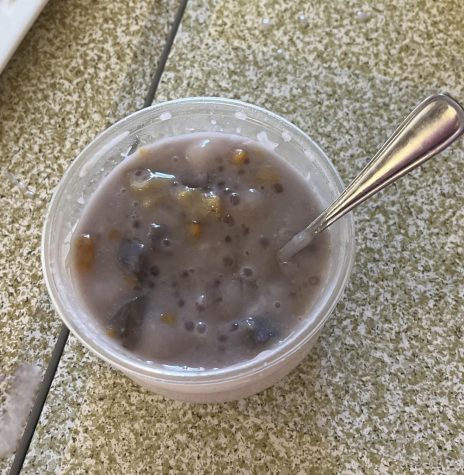
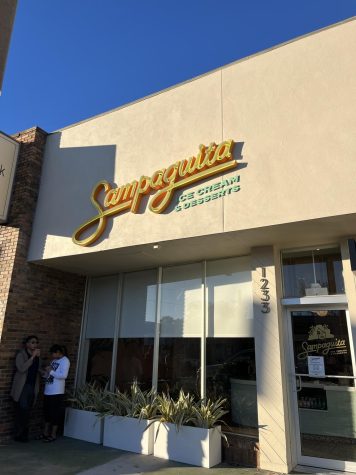
cream parlor, Sampaguita, finally opened its doors on
Colonial Drive at the beginning of the new year. Sampaguita, translating to Arabian Jasmine, is the national flower of the Philippines, and is used in herbal teas and remedies. The restaurant is the sister store of The Greenery Creamery, and with 12 Filipino-inspired flavors, Sampaguita almost serves as a sweet gateway to Filipino cuisine. I visited during its soft opening. Even though I arrived fifteen minutes early, the line already stretched past two of its neighboring stores and, by the time Sampaguita opened, past the block. Selflishly, I hope the demand stays (I could do without the line though). Sampaguita, in all of its trendiness and retro interior, provides much needed representation in an area teeming with other Asian restaurants.
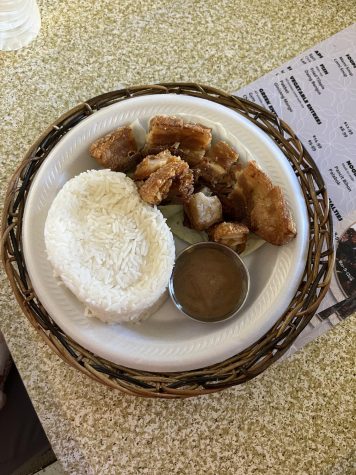
opened its doors back in 2018 in the Winter Garden
area. The restaurant is owned by six sisters who, after
moving to the States, expanded their catering business
to Central Florida. Inay’s Kitchen is as traditional as it
gets. All the recipes have been passed down by generations. In fact, up until recently, it was the sisters’
mother who cooked everything, hence the name “Inay”
which translates to “Mother” in Tagalog. Today, the
sisters, along with their families, run both the business
and cooking side. Lechon, pictured above, is the food of
Filipino celebrations. Translating to “Suckling pig,” Lechon is served freshly cut off of a roasted piglet and is filled with spices and herbs. The dish comes from the Span- ish tradition of slaughtering a two to six-week pig who has only tasted its mother’s milk.


